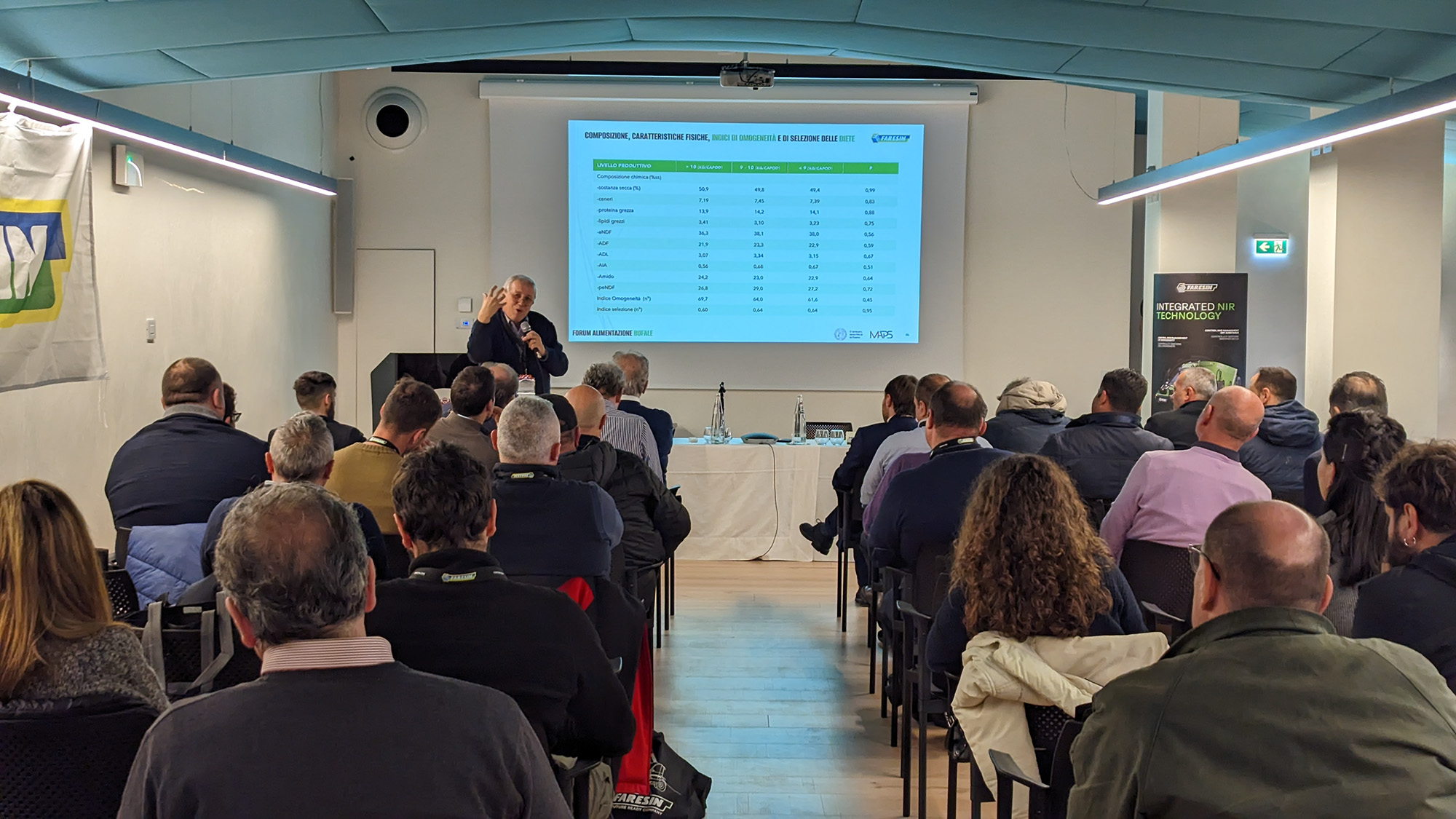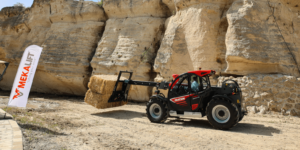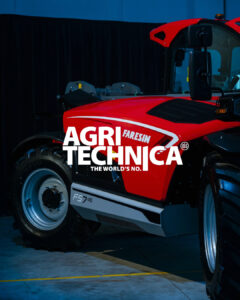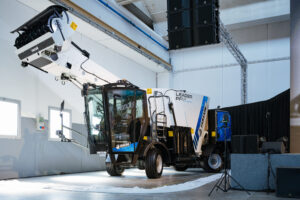Feeding the buffalo: How does food efficiency affect productivity?
It is now part of the industry literature that Precision Farming is a key aspect in any agricultural setting but in cattle feeding it plays a crucial role. Constant measurement of feed efficiency indicators with an NIR analysis tool is crucial for improving or monitoring dairy cow productivity. What about hoaxes?
Per rispondere a questo quesito il Dipartimento di Medicina Animale, Produzioni e Salute (MAPS) dell’Università degli Studi di Padova ha condotto una sperimentazione in più allevamenti di bufale tra Lazio e Campania al fine di valutare come poter migliorare l’efficienza alimentare, cioè la correlazione tra produzione di latte e alimentazione degli animali.
The first results of this research were presented at a Forum dedicated to buffalo feeding organized by Faresin Industries on Feb. 7 in Altavilla Silentina, near the largest Italian area with a high concentration of buffalo farms.
During the conference, Prof. Igino Andrighetto from the University of Padua analyzed data collected by the MAPS department team in order to assess feed efficiency in dairy buffalo and describe what management parameters influence it.
Research has shown that, among the dietary factors, theblend homogeneity index, selection index and digestibility gain great importance, which are measured directly in the field. These indices have a direct effect on production in that, if maintained at optimal levels, they can increase productivity, improve animal welfare and reduce feed costs.
The blending wagon thus becomes a key player in the process as quality blending allows these feed factors to be optimized, increasing the sustainable profitability of the farm. Incorrect loading order, suboptimal fiber length and overfilling of the mixing tub can lead to inefficiencies, so it is important to pay close attention to daily unifeed preparation.
In addition, with an NIR analysis instrument mounted on the mixing tub of the wagon or used in portable mode, critical issues in the formulation, preparation and administration of diets can be identified in real time. In this way, any errors can be corrected in a timely manner to maintain constant productivity.
Local farms participating in the forum expressed great interest in this analysis as they could find out how to improve their farm performance and how to make the most of their mixer wagon’s potential in order to increase profits and animal welfare.
Early findings seem to point to a successful application of the model developed by the University of Padua for cows to dairy buffalo farming as well. The model will be refined by conducting further analysis in the future.
Finally, a fruitful discussion took place with Profs. Luigi Zicarelli and Gianluca Neglia of the University of Naples Federico II, and with experts in the field, primarily Nicola Palmieri president of the ANASB association, from which it emerged that this early evidence charts an important path to be developed in the field of buffalo breeding.



